- Details
- Written by Gordon Prentice
On Thursday (12 August) Metrolinx confirmed it plans to extend the all-day two-way 15-minute GO train service north from Aurora to Bradford.
This is - or should be - big news.
Aurora had previously been the northern cut-off point for the 15-minute service.
Metrolinx says
"the change is possible thanks to further study and optimization of service plans."
The details are still hazy. There is no precise timetable and the question of who pays for the necessary grade separations in Newmarket and at Green Lane is still up-in-the-air, a matter for negotiation.
A 15 minute service to Bradford is impossible without very expensive grade separations at Mulock Drive and Davis Drive here in Newmarket.
The engineering and construction work at Davis Drive is likely to be particularly challenging.
The announcement from Metrolinx comes almost 11 months after East Gwillimbury Council called on the agency to accelerate plans to bring the 15-minute service north to the GO Rail Station at Green Lane.
More to follow.
This email address is being protected from spambots. You need JavaScript enabled to view it.
The graphic below shows the new GO Rail Stations at Innisfil and Mulock
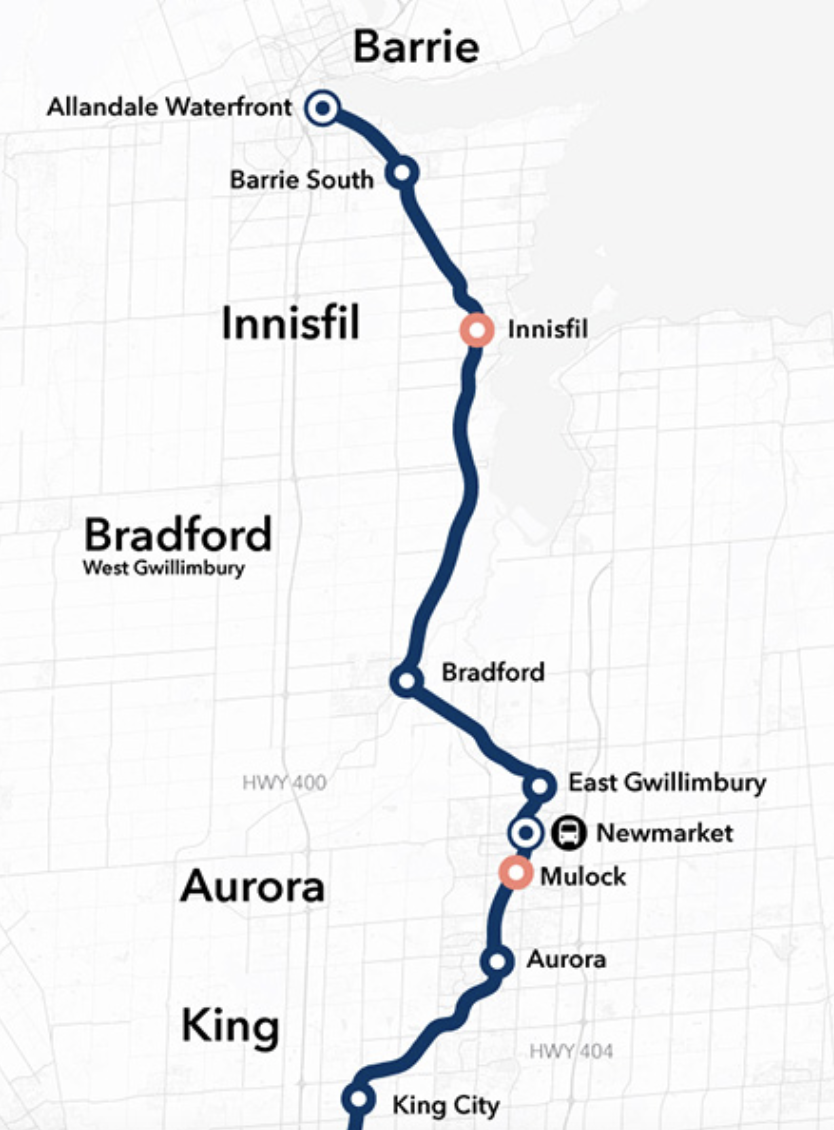
- Details
- Written by Gordon Prentice

Last night’s Town Hall made a compelling case for a new Southlake.
The hospital’s Chief Executive, a former nurse, Arden Krystal, told us Southlake is literally bursting at the seams. We learn that 90% more physical space is needed and there is no room to expand on site. The main buildings are over 50 years old and are near the end of life.
Southlake wants to keep the present Davis Drive site and re-purpose it for walk-in or ambulatory patients. A new greenfield site would focus on acute and very technical medicine. It would cost an eye-watering $1 billion at the very least with the Province essentially footing the bill. (The Chief Executive was hopeful some land could be gifted by benefactors.)
The Closer the Better
For the first time Arden Krystal gives some clues about the possible location of the new Southlake. She would not want it to be at the far end of the hospital’s catchment area. It would be more efficient to locate it reasonably close to the Davis Drive site. Ideally, it would be within 5km – 10km of the existing site
“and the closer the better”.
This makes sense. Even with the separate ambulatory/acute designations it seems likely there will be traffic between the two in terms of medical staff and at least some patients. And it seems improbable that very expensive medical equipment will be duplicated at both sites unless it is absolutely essential.
Health and the Newmarket Economy
Newmarket’s Mayor, John Taylor, believes Southlake is a regional asset which serves a wide catchment area beyond the town. He must also be acutely aware of the importance of health and health services to the local economy. But, over time, will medical and allied medical services migrate to the new location?
York Region’s 2019 Employment Survey of Newmarket tells us:
“Employment in the Health and Social Assistance sector was the primary driver of growth, adding over 2,500 jobs to the Town’s employment base since 2009.” (My underlining for emphasis)
The parent document, York Region’s Industry and Employment Report, regularly highlights the importance of industry “clusters” which
“encourage networking, attract investment, innovation and facilitate the incubation of new business…” (2017 report)
This is true of the health sector as of any other. The gravitational pull of Southlake in Davis Drive draws medical and allied medical services into the area.
60-80 Acres needed
Can the 60-80 acres Southlake needs for its new acute hospital be found within Newmarket? If not, where will the new Southlake end up and what criteria would be used for selecting a suitable site?
The map above shows the area within a 10km radius of Southlake.
Lakeridge Health in Durham (which is a large community hospital like Southlake) is currently going through this very process. It says it needs at least 50 acres which, amongst other things, should be not be in the Greenbelt nor in the Oak Ridges Moraine nor on prime agricultural land.
The site would have to be at least 10km from another acute care hospital with an emergency department. They list other site considerations (likely to apply to Southlake also) such as land acquisition costs, proximity to residential areas and regional corridors such as the 400 series of highways.
I have no idea where the new Southlake will be located. But I guarantee the Planning Departments in our neighbouring municipalities will be scouring their patches looking for a suitable site.
This email address is being protected from spambots. You need JavaScript enabled to view it.
The Auditor General of Ontario’s Annual Report for 2016 has the results of value for money audits of large community hospitals such as Southlake and Lakeridge Health.
Update on 11 August 2021 from Newmarket Today: "It's going to take all of us. Southlake pitches new hospital to Newmarket citizens."
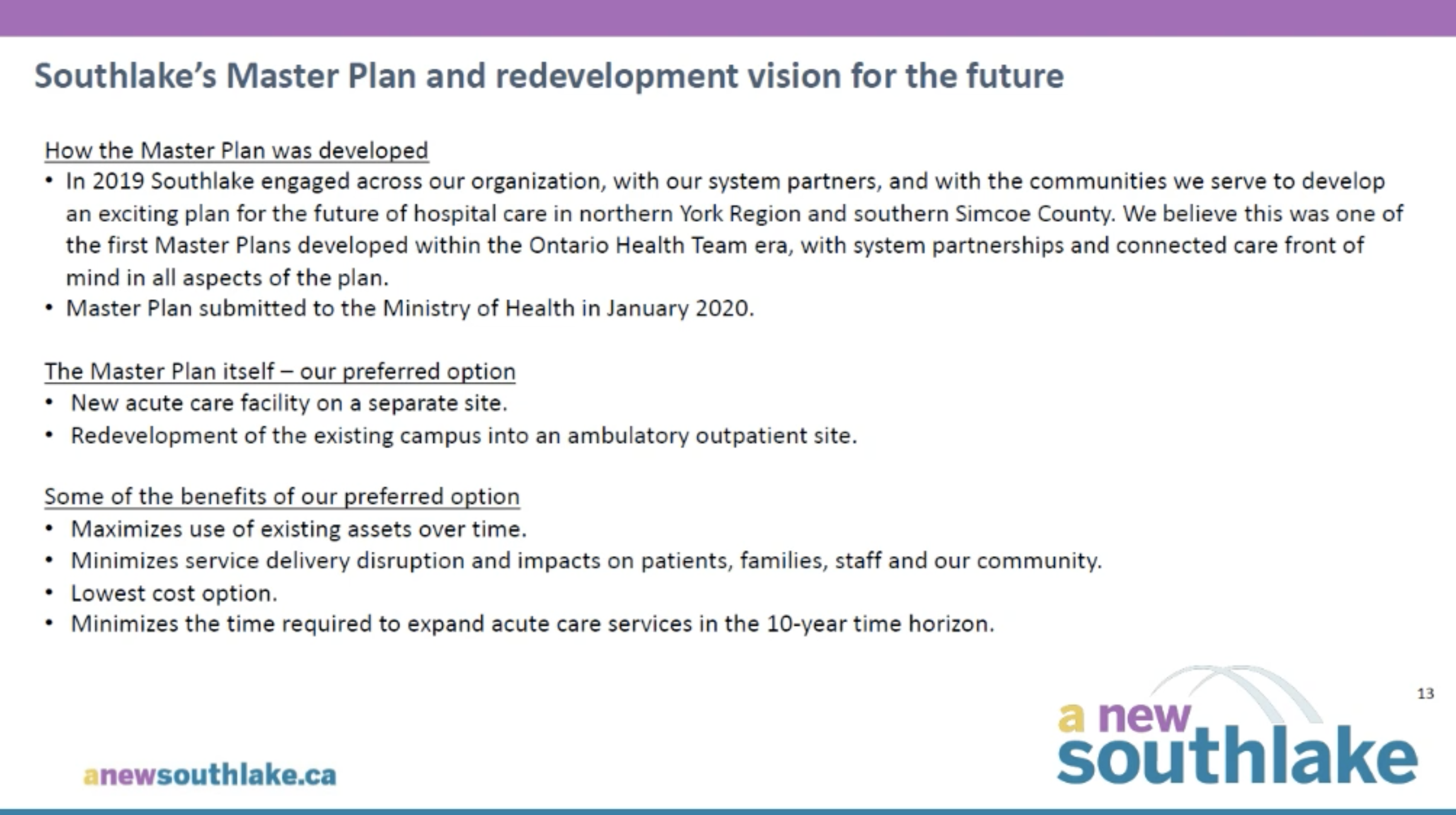
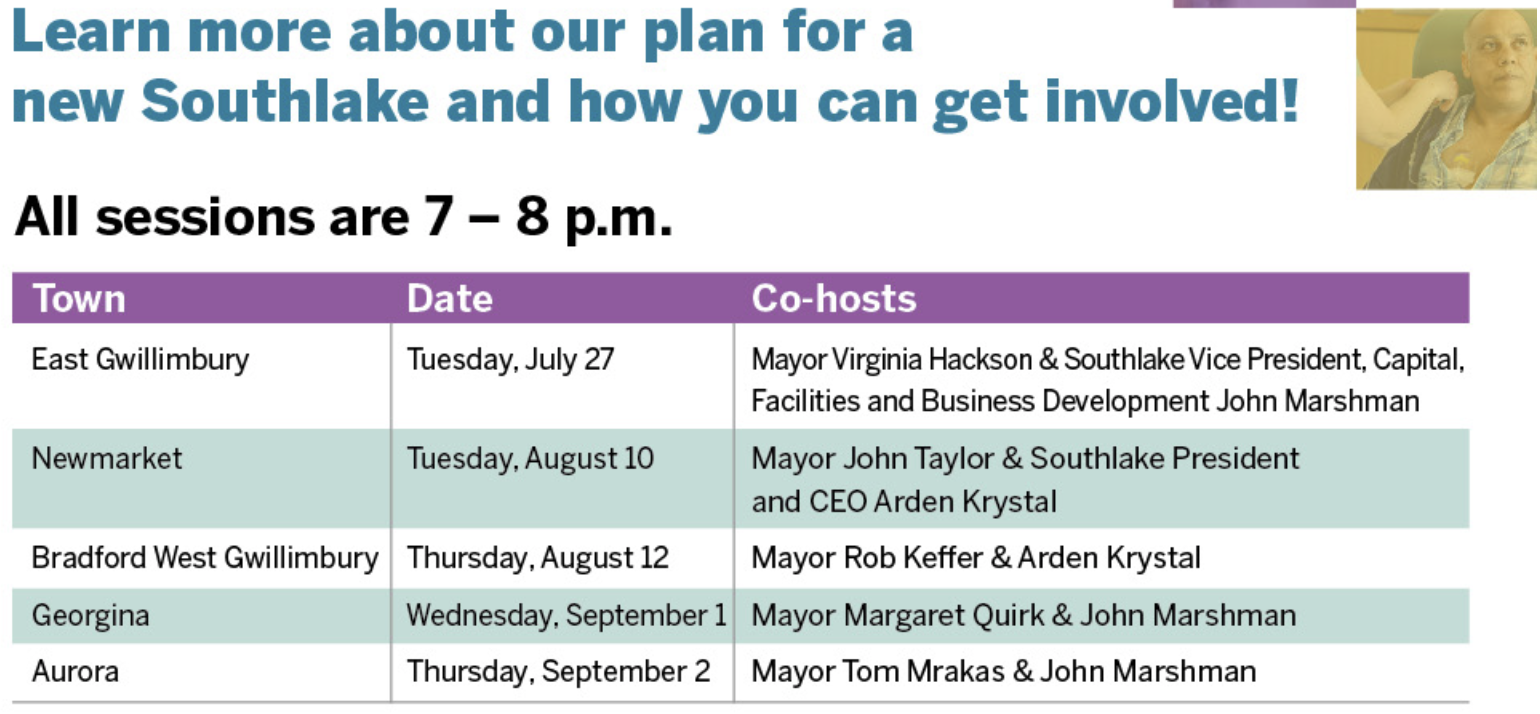
- Details
- Written by Gordon Prentice
By all accounts an early election could be just around the corner though I tend to agree with Jagmeet Singh who says there is no good reason to call one, especially in the middle of a pandemic that remains unconquered. 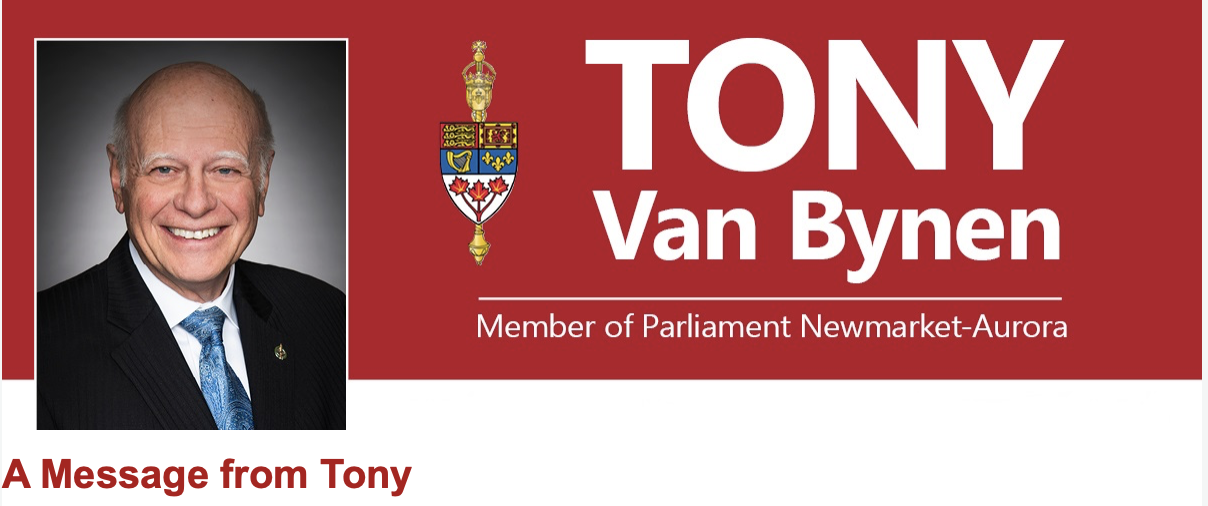
But if we are plunged into an early election then sitting MPs have a head start over their challengers – they have the name recognition and high visibility that incumbency and taxpayer funded advertising budgets bring.
Decades ago, as a new MP at Westminster, I recall an old hand telling me: “Never do good by stealth.” It was good advice. MPs are in the business of blowing their own trumpets. It goes with the job. The question is: who pays?
Once an election has been called candidates’ spending is strictly regulated by law but, until then, MPs can advertise their services and, of course, their opinions on the taxpayers’ dollar.
Spending up six-fold
Latest figures from the Parliament of Canada website show Newmarket-Aurora’s Tony Van Bynen has increased his advertising spend six-fold from the last quarter of 2020 to the first quarter of 2021 – the latest period for which figures are available. In the three months from January to March this year he spent an impressive $14,856.22 telling us what he is up to.
MPs are permitted to spend up to 10% of their annual office budgets on advertising. This allows Van Bynen to spend $40,417 on advertising which he is only now beginning to ratchet up after a slow and modest start.
Within his latest quarterly claim for advertising, $5,850 went to Bellwether Technologies. In a previous quarter the company was paid $1,324 for “professional communications services”.
But what does Bellwether actually do for this money? Only two other members of the Liberal caucus in Ottawa have contracts with the firm. There are few clues there.
Robocalls
Bellwether’s website mentions telephone Town Halls but they also do live voter persuasion calls and provide voter contact services. 
Bellwether Technologies is deeply involved in political campaigning. The company says it is the preferred vendor of the Liberal Party of Canada for direct voter contact.
The company is registered with the Canadian Radio-television and Telecommunications Commission as a “calling service provider” allowing the firm to identify voters and provide live or robocalls to voters during elections. The Liberal Party makes use of Bellwether in its election campaigns.
A foot in both camps
Bellwether appears to have a foot in both camps. It does overt political campaigning work while apparently also doing other non-political stuff such as setting up telephone Town Halls and constituent contacts.
Van Bynen does robocalls to his Newmarket-Aurora constituents but who gets contacted and why? Are the calls made randomly? Or is there a database listing constituents’ attributes?
And can the bona fide constituency and casework management side, and the legitimate telephone Town Halls and robocalls paid for by the taxpayer, ever shade into the political work – paid for by election campaigns? And if it did, how would we ever know?
Data Sciences and NGP
In the way of these things, the Conservatives recently alleged that Liberal MPs have been using parliamentary funds to pay for services from companies that provide two of the governing party’s most important digital campaign operations, and that also run its powerful voter-contact database – Data Sciences and NGP.
The Globe and Mail ran a series of articles on the issue after examining MPs’ expenses filed in the House of Commons. The investigation showed:
“149 Liberal MPs, or 97 per cent of the caucus, made payments out of their office budgets to Data Sciences Inc., founded by a close friend of Justin Trudeau.”
Fired up by the Globe and Mail’s reporting, the Conservatives forced the recall of the House of Commons Ethics Committee which, after hours of debate and much feigned outrage, left the matter hanging in the air, unresolved.
Smear campaign or grey area?
The Liberals clearly believe the Globe and Mail revelations don’t amount to a hill of beans. It is a wholly predictable smear campaign from their political opponents.
The NDP’s Alexandre Boulerice says the Party was disturbed to learn that almost the entire Liberal caucus had given parliamentary funding to Data Sciences and NGP.
“The lines have been blurred; this is a grey area… Is the Liberal Party of Canada spending parliamentary funds on a database that it uses for partisan purposes? It is entirely appropriate for us to ask that question, especially since Data Sciences is owned by Thomas Pitfield, a personal friend of the Prime Minister.”
Liberals on the Ethics Committee insist there is a firewall between these databases to ensure that the information collected in an official capacity is not mixed with partisan databases – and in any event they say the NDP and the Conservatives do exactly the same as the Liberals. The proverbial pot is calling the kettle black.
Unannounced audits
One way to guard against the possibility of abuse would be for the House of Commons authorities to permit unannounced audits of MPs’ constituency databases to ensure there is an unbreachable firewall between those constituency casework databases and those used for voter contact and election campaigning.
There would have to be two separate stand-alone systems that couldn’t talk to each other.
But, on the strength of what we know at the moment, how that would work in the case of Bellwether Technologies is a debateable point.
This email address is being protected from spambots. You need JavaScript enabled to view it.
Bellwether provides database services:

Bellwether is a decentralized company:

- Details
- Written by Gordon Prentice
The Liberal Riding association in Brampton Centre is looking for a candidate to replace Ramesh Sangha who was kicked out of the Liberal caucus after making “baseless and dangerous accusations against a number of his caucus colleagues.” Sanga, who now sits as an independent, says he won’t be running again. 
Tomorrow Liberal Party members will begin voting on a new Federal election candidate for Brampton Centre.
Getting selected means getting elected
In this riding getting the Liberal Party nomination pretty much guarantees a seat in the House of Commons. Securing the nomination is the hard part.
The Hill Times tells me that a staggering 16,000 new Liberal members have been signed up by the seven wannabe MPs seeking the Party’s nomination. Over one fifth of the riding’s 78,229 electors are now members of the Liberal Party. Just like that!
These contests to become the Party’s official candidate are straight out of the old Wild West. They are not policed or regulated in any way by Elections Canada - though nomination contests must be registered and details provided. Otherwise Party rules and procedures decide what happens.
And sometimes they fall short of what is required.
Dark Arts
Brampton Mayor, Patrick Brown, a master in the dark arts of Party management and manipulation, claims that by-election wins when he was PC Leader triggered an avalanche of interest in becoming a PC candidate:
“We were not prepared as a party for the lengths people would go to win nominations. We had to shut down attempts to print fake ballots, produce fake ID’s, stop fistfights and even the stuffing of ballot boxes. I was beyond frustrated to hear these ongoing stories.”
We don’t even know how many members some parties have. Brown told TVO in January 2019
“When I first announced my intention to run for the Party leadership there were 10,000 Party members. It wasn’t diverse. It was largely rooted in rural Ontario. By the time I was removed as Leader the number was either 15 times or 20 times that depending on what numbers you believe. We were at a record membership either way…”
Both the Progressive Conservatives and the Liberals allow people seeking the Party nomination to sign up members in the run up to the vote. This is an invitation to malpractice and skulduggery. And it leads to cronyism and clientism.
Disqualified
Jass Johal, who loaned $375,000 to Brown, went on to become the PC candidate for Brampton North in November 2016 after selling PC memberships on an industrial scale – 6,200. He was disqualified as PC candidate on 15 March 2018. Brown failed to disclose the loan and was censured by the Integrity Commissioner.
By any measure Brampton Centre’s 16,000 new Liberal members is impressive but there are some ridings with truly staggering membership totals. 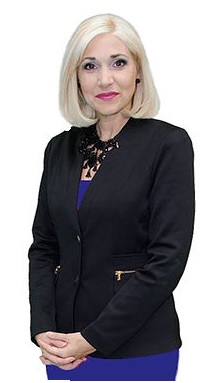
Yesterday’s Hill Times tells me:
“In 2015, the Liberal riding association of Surrey-Newton, B.C., had 25,000 party members in which Liberal MP Sukh Dhaliwal and Liberal Randeep Sarai competed for the party’s nomination. Mr. Dhaliwal won, and Mr. Sarai later ran in Surrey Centre, B.C. Since then, Mr. Sarai has won that riding twice. In the same election cycle, the riding of Brampton South had about 16,000 members and the riding of Brampton East had about 10,000 members…”
Paper Members
At a time when participation in political parties is shrinking I think it is great that some riding associations are increasing their memberships. New members bring in much needed money, fresh energy and new perspectives. But there is a downside if those new recruits are merely paper members, here today and gone tomorrow, joining up to advance the interest of one candidate and walking away if he or she doesn’t win the nomination.
Malpractice, cheating and fraud can happen anywhere, not just in Brown’s Brampton.
Here in Newmarket-Aurora in 2017 the President of the PC riding association with the support of the riding executive branded their then candidate, Charity McGrath, a cheat for falsifying signatures on memberships and paying the $10 membership fee for new members. (Photo right: Charity McGrath)
So, what needs to be done?
I’d like to see the political parties invite Elections Canada and Elections Ontario to become involved in Party nomination contests to ensure everything is squeaky clean.
I also believe people who are seeking a Party’s nomination for the Federal or Provincial Parliament should not be in the business of signing up new members at the last minute to boost their chances.
There should be a cut-off date, say six months before a nomination contest, and only members prior to that date would be allowed to participate.
I know it sounds a bit harsh and uncompromising.
But the alternative is very unappealing.
This email address is being protected from spambots. You need JavaScript enabled to view it.
Update on 7 August 2021: The Liberal Party in Brampton Centre selected Shafqat Ali to be their candidate in the Federal Election.
Update on 9 October 2021: Shafqat Ali MP was elected with 16,189 votes (47.7%). The Conservatives came second with 11,026 votes (32.5%) and the NDP trailed third with 5,932 votes (17.5%).
- Details
- Written by Gordon Prentice
Southlake’s Board of Directors has turned down a request by hospital nurses to meet them and hear their concerns for patient safety following the imposition of “team-based nursing” in its Intensive Care Units. 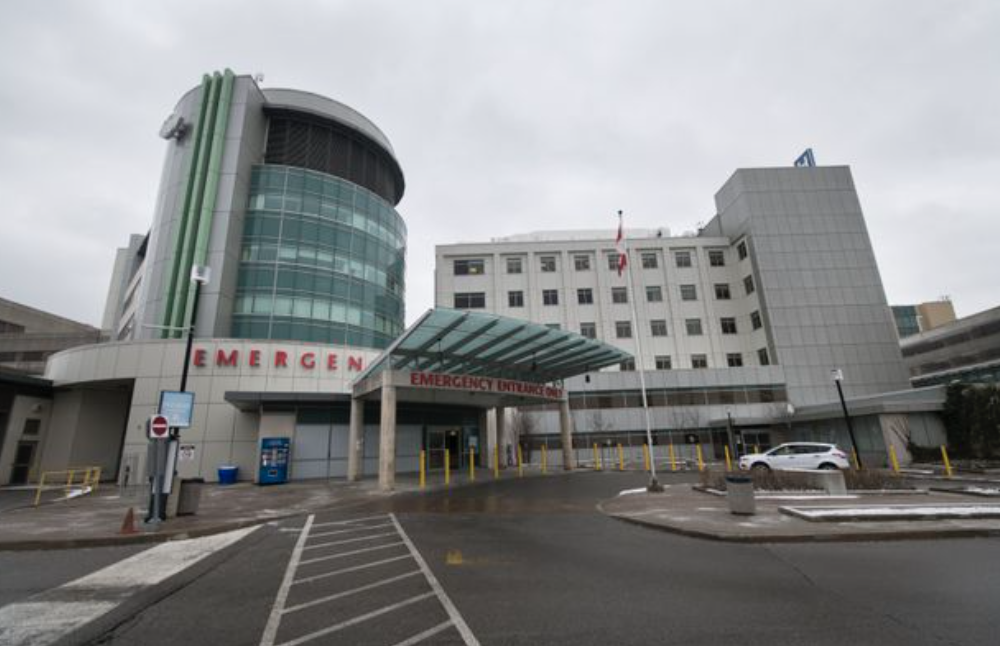
In a press release earlier this week the Ontario Nurses Association (ONA) said they had approached the Board only after twice being denied a meeting with the Chief Executive, Arden Krystal.
The ONA says 96% of registered nurses and registered respiratory nurses had signed a letter asking the Board to hear their concerns for patient safety
“and to put an immediate stop to the implementation of the model and the hiring of nurses to work in the ICU who have not received training in critical care nursing.”
Serious Risks
The ONA’s warnings are clear and precise. The nurses believe the implementation of the team-based nursing model will result in serious risks to vulnerable, critically ill patients in the ICU.
The ONA says
“The province only intended team-based nursing to be used as a temporary measure to deal with the patient surge during the pandemic and that other hospitals are not pursuing this unsafe and risky model of care in critical care units.”
Why on earth can’t the hospital meet the nurses and address their concerns, point by point?
Weekend and Evening Surgery and Burn-out
Meanwhile, the Province has just published its plan to handle the backlog in surgery caused by the pandemic. The plan involves running operating theatres on weekends and in the evenings and expanding the use of private sector clinics.
A presentation by the Ministry of Health to journalists yesterday acknowledged the problem of burn-out amongst medical staff working round the clock to contain the pandemic. So how does the Province expect burned out medical staff to work weekends and evenings to clear the backlog?
The problem was acknowledged by Southlake’s Chief Executive, Arden Krystal, who told the House of Commons Health Committee on 10 June 2020 that getting staff to work extra hours would be very difficult:
"… they are pretty burned out. To try to get them to work those extra hours, even if we were funded for it, would be very difficult. Once again, we need to rethink our hospital sector."
That sounds like a cue for introducing the team-based working model.
Let's talk about a new Southlake
Ironically, while Southlake won’t talk to its own nurses they want to talk to us about plans for a new acute hospital.
Their first virtual Town Hall took place on Tuesday featuring East Gwillimbury Mayor Virginia Hackson and Southlake’s John Marshman. The event was over in half an hour with the moderator reading out five questions from anonymous participants.
I learn the new acute hospital will need 60-80 acres. That is a huge amount of land. Upper Canada Mall and its surrounding car parks is 76 acres so that gives you an idea of the scale of the project.
The Newmarket Town Hall, hosted by the Town’s Mayor, John Taylor, is on 10 August 2021 at 7pm. Just log on to https://southlake.ca/townhall/.
Southlake is in the Minister of Health's Newmarket-Aurora riding.
This email address is being protected from spambots. You need JavaScript enabled to view it.
From Newmarket Today on 28 July 2021: Health Minister unveils $324M surgical recovery plan to clear pandemic backlog.
Update on 4 August 2021: From Newmarket Today: Southlake's Intensive Care Unit plan draws fire of NDP critic, nursing leaders
Page 93 of 286